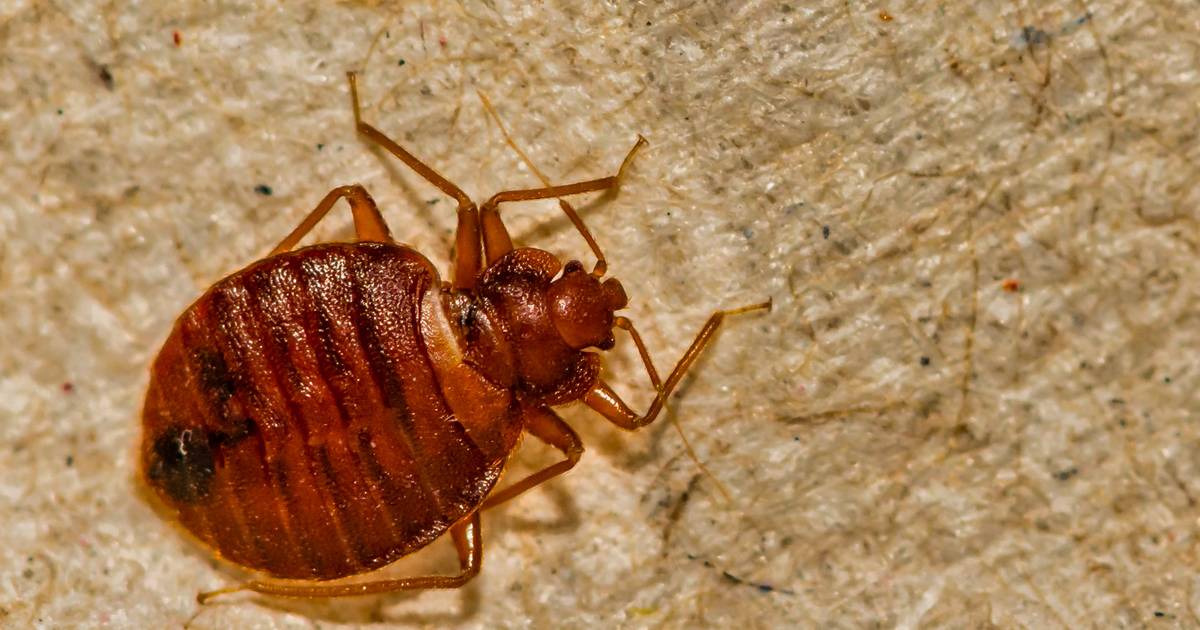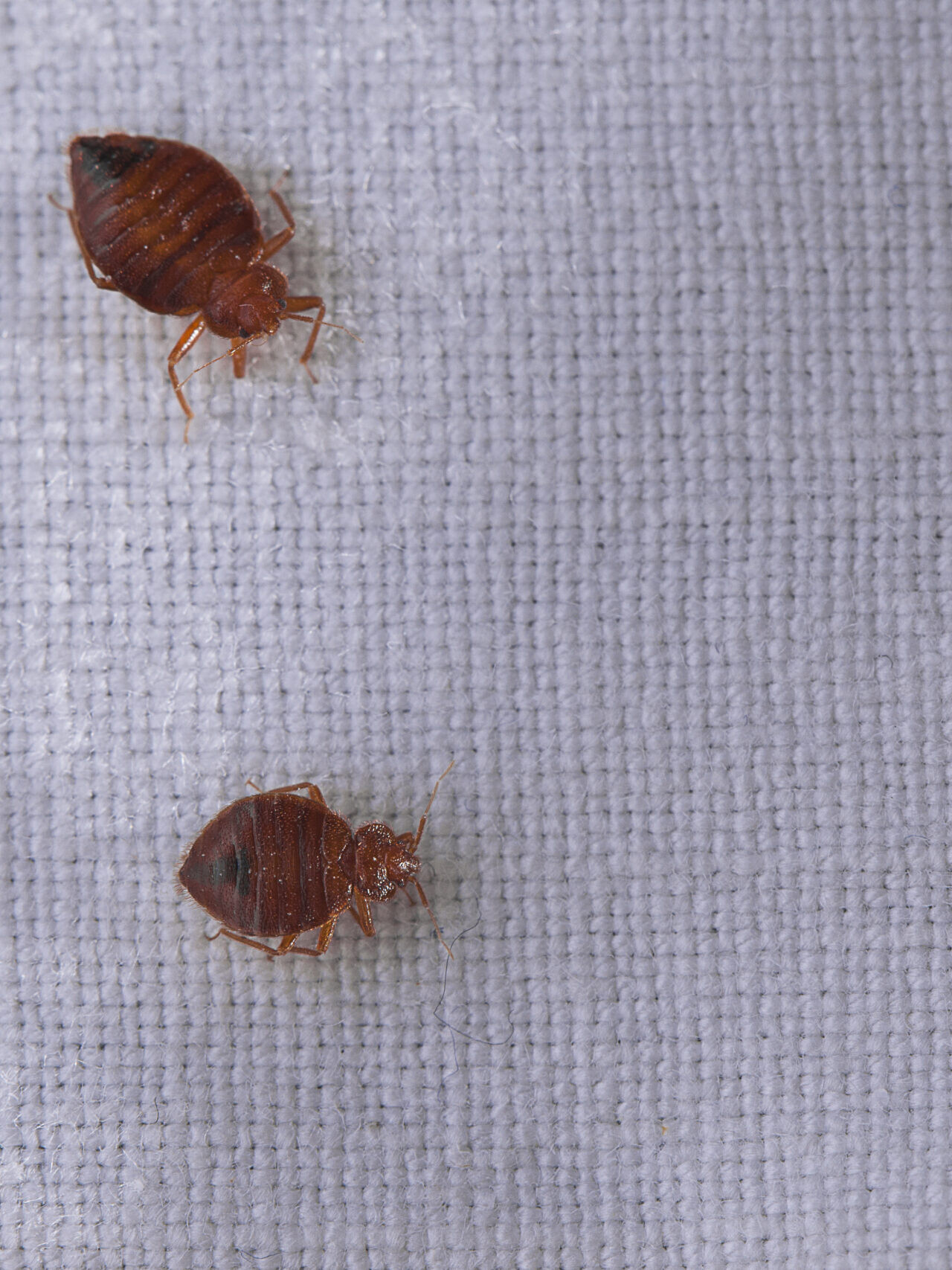Comprehensive Bed Bug Heat Treatment Services for Complete Elimination
Comprehensive Bed Bug Heat Treatment Services for Complete Elimination
Blog Article
Get Informed Regarding the Sorts Of Insect Control Approaches and Their Benefits for Home Owners
Comprehending the various bug control techniques available to house owners is essential for effective bug management. House owners who are well-informed can make critical choices that not only address insect issues but additionally boost the total top quality of their living environment.
Chemical Parasite Control Methods
Chemical insect control techniques are an essential element of incorporated insect administration techniques for homeowners looking for efficient solutions to pest infestations. These techniques involve the application of chemical compounds designed to get rid of or discourage parasites that intimidate personal property, health and wellness, and convenience. Usual chemicals made use of include insecticides, rodenticides, fungicides, and herbicides, each tailored to target details parasites.
The primary benefit of chemical pest control is its quick efficiency; numerous formulations give immediate outcomes, decreasing pest populaces significantly in a short time. In addition, developments in chemical formulas have actually brought about items that are extra eco pleasant and have lower toxicity levels for non-target organisms when used correctly.

Organic Pest Control Techniques
Natural parasite control methods have actually acquired prestige as property owners look for more secure and more sustainable alternatives to traditional chemical strategies. Biological bug control strategies make use of natural predators, parasites, or virus to take care of insect populaces properly. This approach is not just eco pleasant yet likewise reduces the risk of damage to non-target species, consisting of useful insects and wildlife.
One of the most common biological control techniques includes presenting all-natural killers into the environment. As an example, ladybugs can be utilized to manage aphid populaces, while nematodes target soil-dwelling pests like grubs. Furthermore, parasitoids-- microorganisms that survive or within a host-- can be employed to control specific parasite types by laying eggs inside them, eventually bring about their demise.
One more method is the usage of biopesticides, which are originated from natural materials such as plants, bacteria, or minerals (bed bug exterminator). These products can efficiently target pests while posturing very little risk to family pets and humans. Overall, biological pest control techniques offer homeowners with an efficient methods of pest management that straightens with environmental principles, promoting a healthier living environment while decreasing dependence on synthetic chemicals
Mechanical Parasite Control Methods
Mechanical pest control strategies encompass a selection of techniques that literally avoid or remove insects without making use of chemicals. These techniques are particularly valuable for home owners seeking eco-friendly options while making certain the security of their living spaces.
One usual approach is using obstacles, such as internet, traps, and displays, which stop insects from getting in homes or certain areas. Setting up home window displays can efficiently maintain pests out, while making use of physical barriers around gardens can prevent larger parasites like deer or bunnies. Additionally, mechanical traps made for rodents can record and eliminate these bugs without the need for toxic materials.
Another efficient technique entails making use of vacuum cleaners and brooms to eliminate bugs directly from surfaces. Regular cleansing and upkeep can significantly decrease bug populations by getting rid of food resources and hiding spots. Utilizing tools like ultrasonic pest repellents can discourage different bugs via audio waves that are undesirable to them but inaudible to human beings.
Cultural Parasite Control Practices
Cultural parasite control techniques concentrate on customizing the setting and management methods to develop problems that are much less favorable to pest invasions. These practices are fundamental in keeping a balanced ecological community and minimizing the reliance on chemical interventions. By modifying agricultural practices, property owners can successfully discourage pests while advertising plant health and wellness.
One typical approach content includes plant turning, which disrupts the life process of bugs by changing the kinds of plants grown in a specific location (bed bug exterminator). This not just decreases pest populations yet also improves dirt health and wellness. In addition, intercropping-- planting varied plants in closeness-- can confuse insects and decrease their ability to locate their favored host plants
Water monitoring is one more critical aspect of social techniques. Proper irrigation techniques can stop standing water, which works as a reproduction ground for mosquitoes and various other parasites. Furthermore, keeping tidiness in and around the home, such as frequently removing debris and food waste, can considerably lower parasite attraction.
Integrating these cultural methods into a thorough parasite management method allows homeowners to create an atmosphere that normally hinders pests, thus enhancing the effectiveness of various other control methods while advertising lasting gardening and landscaping.

Integrated Parasite Monitoring Approaches
Integrated Pest Monitoring (IPM) represents a holistic technique that integrates numerous methods to properly manage insect populaces while minimizing ecological impact. This technique incorporates biological, social, physical, and chemical methods to attain sustainable parasite control. By examining pest populations and their all-natural enemies, IPM emphasizes surveillance and determining insects before applying control actions.
One of the core principles of IPM is using limits, which develop the level of parasite activity that warrants intervention. This guarantees that therapies are applied only when essential, minimizing the dependence on chemical pesticides. Biological control approaches, such as presenting all-natural killers or bloodsuckers, work in combination with social practices like crop rotation and environment control to interrupt pest life process.
Furthermore, IPM encourages the use of least-toxic chemical choices when treatment is required, focusing on items that position marginal threat to non-target microorganisms and the environment. For property owners, taking on IPM comes close to not just enhances the efficiency of parasite management but also promotes a much healthier living setting, cultivating biodiversity and minimizing chemical exposure. Eventually, IPM empowers homeowners to make informed decisions that balance pest control with eco-friendly obligation.
Final Thought
In conclusion, comprehending the different pest control approaches empowers homeowners to make educated choices relating to pest monitoring. Each approach-- chemical, organic, mechanical, cultural, and incorporated bug management-- uses distinct benefits that cater to different demands and choices.
Understanding the different insect control approaches readily available this link to homeowners is vital for effective bug management.Chemical insect control approaches are a crucial component of incorporated parasite monitoring methods for property owners looking for reliable options to pest problems. In general, organic pest control techniques supply house owners with a reliable methods of pest management that straightens with environmental principles, advertising a much healthier living click reference environment while decreasing dependence on synthetic chemicals.
Social bug control techniques concentrate on customizing the setting and monitoring techniques to create problems that are less favorable to pest problems.In final thought, recognizing the various bug control techniques equips homeowners to make educated decisions concerning pest administration.
Report this page